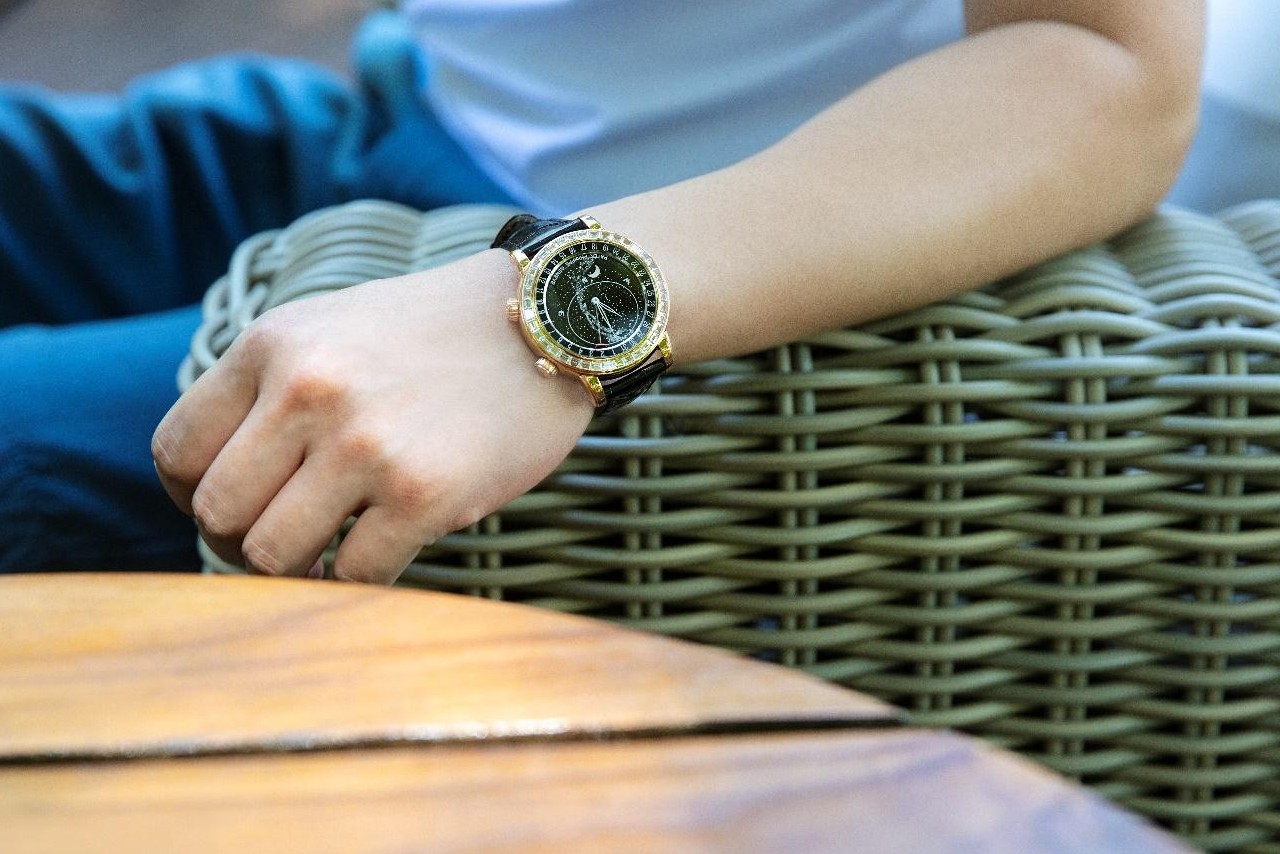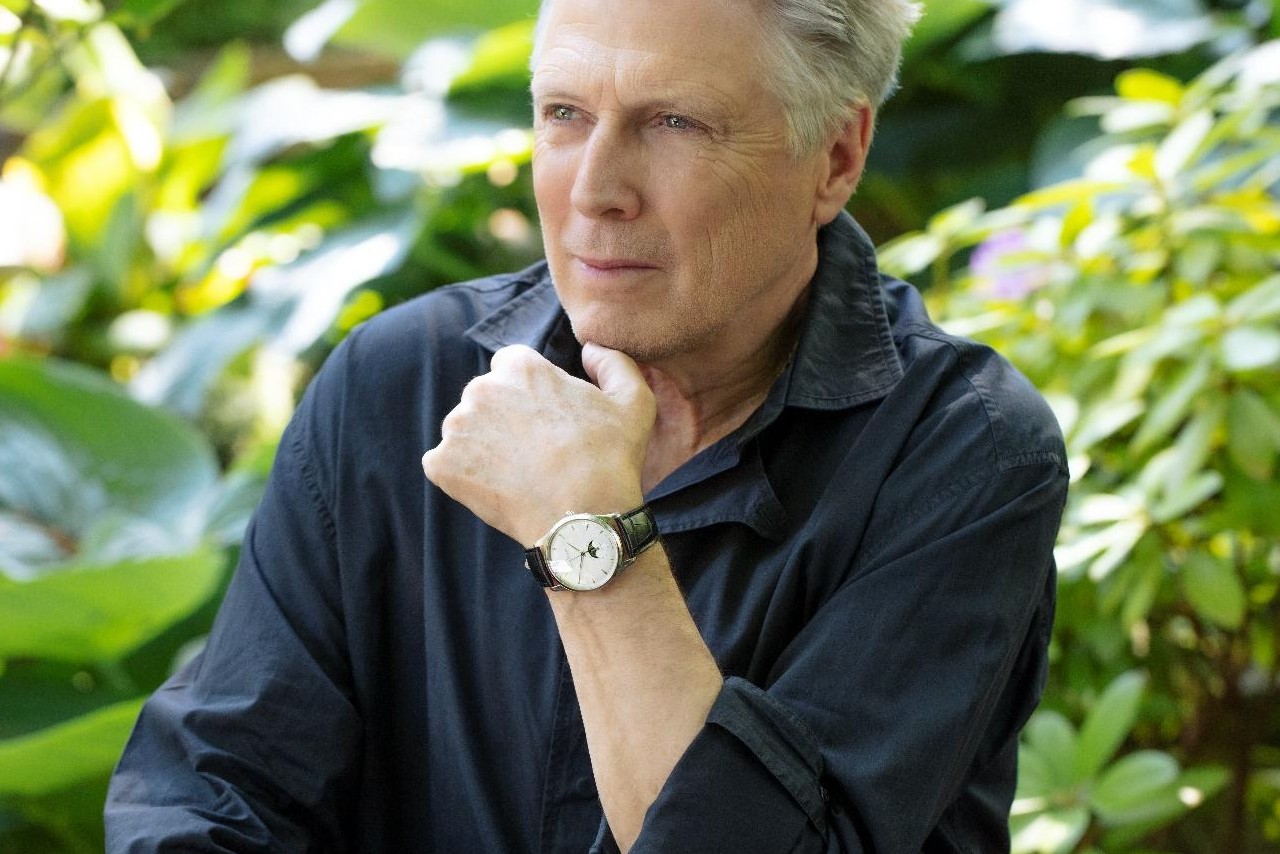WATCH TERMS TO KNOW
July 12th, 2022

Being interested in Horology (the science of measuring time) has many avenues to explore. Becoming a passionate watch collector is an exciting hobby that is shared by many. Our client advisors here at Humbertown Jewellers have put together a helpful guide of common watch terms you might encounter as you shop.

WATCH BODY
Dial: The dial, also called the face of the watch, displays the time with its indices, numerals, or markings and hands of the timepiece. For many connoisseurs, the dial is their focus of interest; material, balance, and artistry are all high areas of concern.
Case: The case is the metal vessel that holds all the mechanics in place and gives the watch its attractive look. There are several shapes of watch cases, including round, square, rectangular, oval, and barrel-shaped tonneau. At Humbertown Jewellers we encourage collectors to indulge in this diversity of shapes when building a collection.
Caseback: The backside of a watch case allows access to the inside of the watch. The caseback is generally smooth as it lays flat on your wrist, and some casebacks are clear to provide an exhibition view of the movements working within. This area is also suitable for personalized engravings to mark that special occasion or contains a private message.
Crown: The small knob on the side of a watch case is called the crown and is used to change the time and date. It is also used to wind watches that are not automatically run many crowns can be gem-set as well.
Crystal: A clear protectant that covers the watch face. Watch crystals are generally made from glass, acrylic, or synthetic sapphire. Although synthetic sapphire is the most expensive to create, it has much more scratch resistance. Also used in display backs, allowing the wearer to enjoy the movement contained inside the case.
Bezel: A watch bezel is a metal or ceramic ring that encircles the watch crystal. Some bezels are purely decorative, but other bezels, especially on dive watches, rotate and have a form of measurement or way of calculating time. A few complicated timepiece have a command bezel which mean turning the bezel engages different functions of the watch.
Gasket: An airtight seal is created around the caseback, crystal, and crown using a small rubber ring called a gasket. This protects against water damage in leisurely and active settings. Since gaskets are made of rubber, they should be checked every few years to ensure they have not broken down and lost their water resistance.

WATCH MOVEMENTS
Movement: The watch’s inner mechanisms maintain its time and functions. It is the movements that keep the watch going. Movements can be mechanical, with automatic and hand-wound varieties, or battery-powered quartz.
Caliber: Synonymous with movement, the term caliber is usually used to define a specific watch model named for a movement. This term also helps describe developed in-house movements by leading watchmakers you identify their origin or maker.
Manual Winding: A manually wound watch requires daily winding to tighten the spring and maintain the watch’s precision. Most manually wound watches can last up to 48 hours before they have to be rewound.
Automatic: The motion of a watch wearer’s wrist winds automatic mechanical watches instead of having to twist the crown daily. The ease of use makes this self-winding watch powered by kinetic energy the most popular for everyday wear.
Quartz: A quartz movement is battery-powered by a quartz crystal. The battery will need to be replaced occasionally, but this movement makes these pieces extremely accurate.
HUMBERTOWN JEWELLERS: YOUR GUIDE TO LUXURY TIMEPIECES
We will be happy to assist you in finding a fantastic timepiece from our Humbertown Jewellers showroom. With incredible luxury watchmaker collections on display, your next watch is waiting for you in our Toronto jewellery store. Make sure to visit our family-owned business for customer service that cares about your experience and an unbeatable selection of watches.



